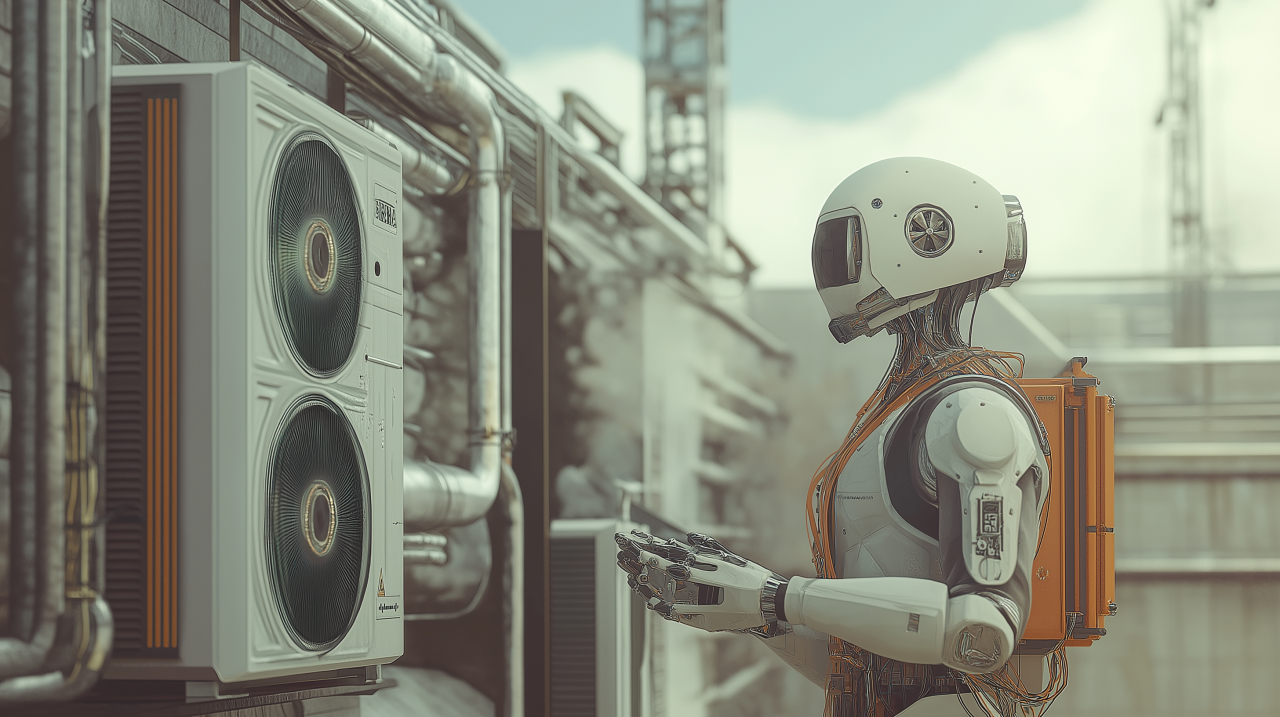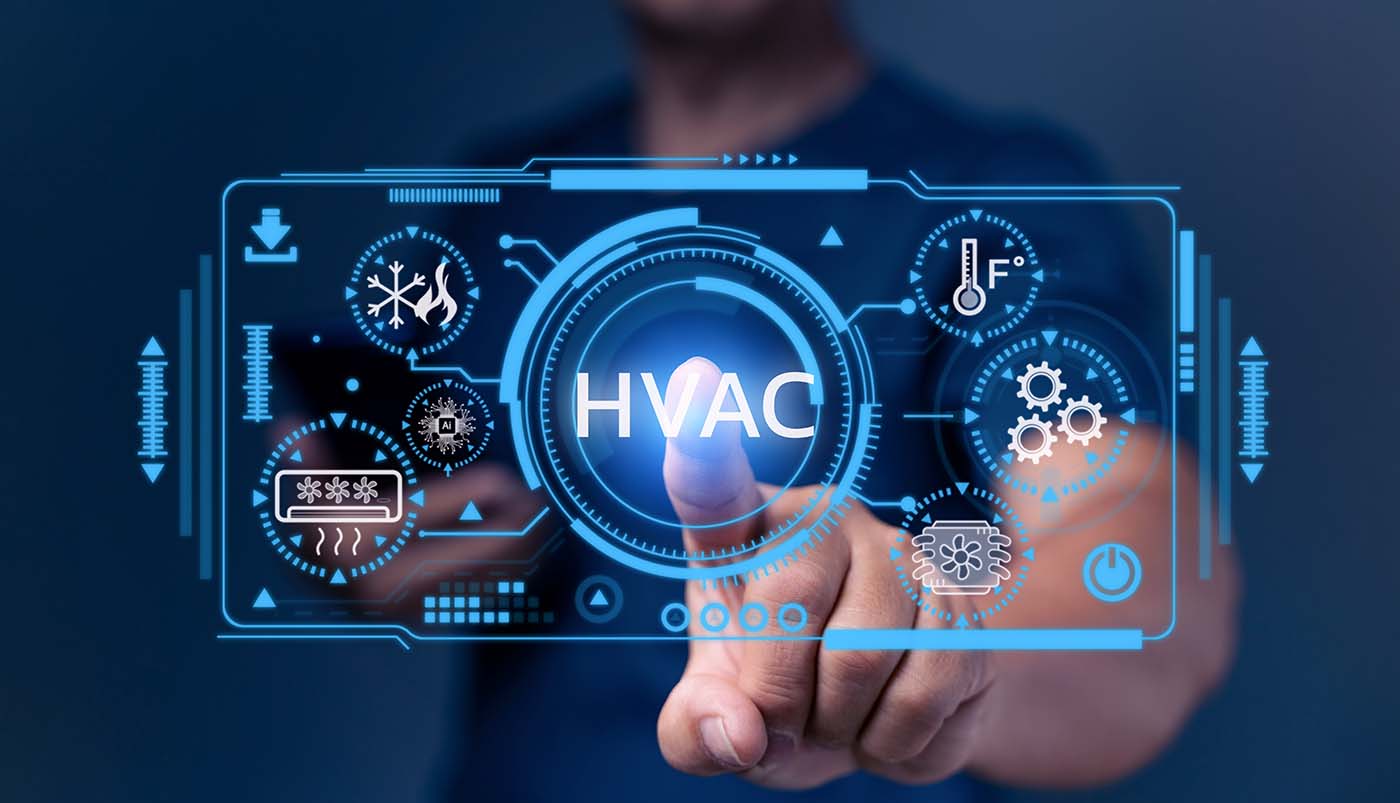In today’s fast-evolving technological landscape, HVAC systems are becoming increasingly sophisticated. The integration of AI into these systems is paving the way for more efficient and accurate diagnostics. Specifically, HVAC fan diagnostics using AI is revolutionizing how professionals maintain and troubleshoot heating, ventilation, and air conditioning units. This transformation is crucial for industry professionals, particularly those in quality assurance roles, who seek to optimize system performance and reliability.

What is AI-Driven HVAC Fan Diagnostics?
AI-driven diagnostics involve using artificial intelligence to monitor, analyze, and predict the performance of HVAC fans. By leveraging machine learning algorithms and data analytics, these systems can identify potential issues before they become significant problems, thereby reducing downtime and maintenance costs.
The Role of AI in Enhancing Efficiency
AI significantly enhances the efficiency of HVAC fan diagnostics by providing real-time monitoring and predictive maintenance. This ensures that systems operate at peak efficiency, which is crucial for both energy conservation and cost-effectiveness. Through continuous learning, AI systems improve over time, adapting to new patterns and anomalies in the system’s operation.
Benefits of Integrating AI in HVAC Systems
The integration of AI in HVAC systems offers numerous benefits. These include improved accuracy in diagnostics, reduced operational costs, and enhanced system longevity. By predicting failures before they occur, AI helps prevent costly repairs and extends the lifespan of HVAC components.
Improved Diagnostic Accuracy
AI provides a higher level of diagnostic accuracy by analyzing vast amounts of data that human technicians might overlook. This leads to more precise identification of issues, enabling quicker and more effective solutions.
How AI Transforms Maintenance Practices
The adoption of AI in HVAC fan diagnostics transforms traditional maintenance practices by shifting from reactive to proactive approaches. This change allows technicians to focus on preventing issues rather than solely responding to them, thus optimizing maintenance schedules and resource allocation.
Predictive Maintenance
With AI, predictive maintenance becomes a reality, allowing for scheduled interventions based on system needs rather than fixed time intervals. This leads to better allocation of resources and reduced unnecessary maintenance activities.
Challenges in Implementing AI in HVAC Systems
Despite its advantages, implementing AI in HVAC systems comes with challenges. These include the need for significant initial investment, data privacy concerns, and the necessity for ongoing system updates and training.
Investment and Cost Considerations
The initial cost of integrating AI technologies into existing HVAC systems can be high. However, the long-term savings in maintenance and energy costs can offset these expenses over time.
Case Studies: Successful Implementations
Several companies have successfully implemented AI in their HVAC systems, demonstrating the tangible benefits of this technology. For instance, a leading HVAC manufacturer reported a 30% reduction in maintenance costs within the first year of AI integration.
Real-World Examples
Real-world examples highlight the effectiveness of AI in improving HVAC system performance. Companies have seen significant improvements in system reliability and customer satisfaction through AI-driven diagnostics.
The Future of HVAC Fan Diagnostics
The future of HVAC fan diagnostics is promising, with AI poised to play an even more significant role. As technology advances, we can expect more sophisticated AI models capable of handling complex diagnostic tasks with greater accuracy.
Emerging Trends
Emerging trends in HVAC diagnostics include the use of AI-powered sensors and IoT devices that provide real-time data and insights, further enhancing the capabilities of technicians in managing HVAC systems.
Conclusion
In conclusion, HVAC fan diagnostics using AI represents a significant advancement in the maintenance and management of HVAC systems. By enhancing diagnostic accuracy, efficiency, and predictive capabilities, AI is setting a new standard for industry practices and outcomes.

FAQs
What is the primary benefit of using AI in HVAC diagnostics?
The primary benefit is improved diagnostic accuracy, leading to more efficient maintenance and reduced operational costs.
Are there any drawbacks to implementing AI in HVAC systems?
While AI offers many benefits, challenges include high initial costs and the need for continuous system updates and training.
How does AI affect HVAC maintenance practices?
AI transforms maintenance practices from reactive to proactive, allowing for predictive maintenance and better resource allocation.
Read more about AI in HVAC systems Explore AI tools AI Inspection reports Predictive fault management
This article contains affiliate links. We may earn a commission at no extra cost to you.
